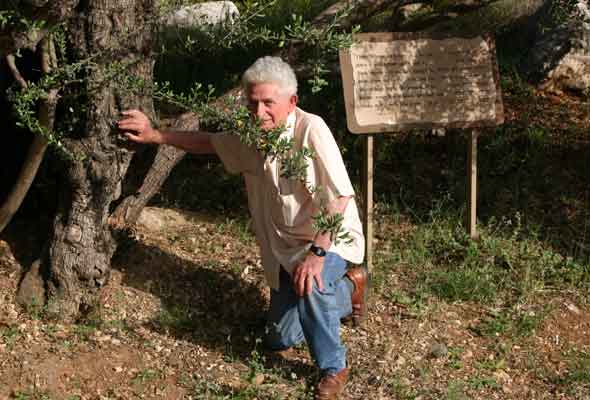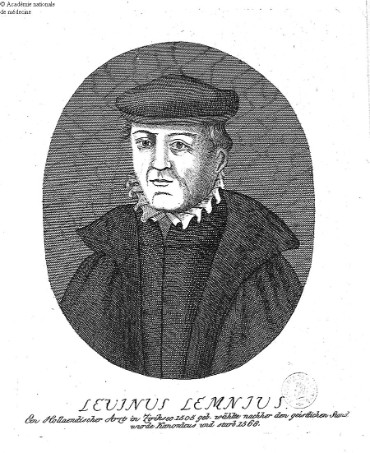Hall of Fame

Carl Linnaeus (1707-1778) was a brilliant Swedish naturalist and educator who considered all of nature his classroom. Like a botanical prophet, he would lead students on long excursions through woods and countryside, reeling off colorful anecdotes and observations on plants, insects and vertebrates. He eventually collected over 14,000 sheets of pressed plants and thousands of insect specimens.
More than two centuries after his death, Linnaeus is most honored for his revolutionary plant and animal naming system of binary Latin nomenclature: one name indicating the genus and the other the species.
It is little wonder that Linnaeus is internationally recognized as the "Father of Botany".

George Edward Post (1838-1909).
After earning degrees in medicine, theology, and dentistry, Post accepted a position in 1863 in Tripoli, Syria (modern day Lebanon) as a missionary. He immediately began collecting plants throughout the region. In 1868 he joined the medical faculty of the Syrian Protestant College (now the American University of Beirut-AUB) and established the herbarium. Fluent in Arabic, Post edited a medical journal in Arabic, produced the first concordance of the Arabic Bible, and wrote extensively on archeology and natural history of Bible lands. His Flora of Syria, Palestine, and Egypt is one of the early works on Middle Eastern plants.
So What is Significant About Post?
From the standpoint of Christianity, Post is an important figure as he came of age during the Second Great Awakening that had a profound influence in his home city of New York. This may have been the impetus of his life long desire to be a missionary.
He took this calling in the sense of service, not just in conversion. This is consonant with the teachings of the Old School Presbyterians of his day and obviously had a great influence on the way he viewed his work. Theology of this sort teaches that all the activities of the person contribute to the furthering of the Kingdom of God, not just those which may outwardly appear Christian. For example, as a steward of the earth it is important to understand the living things that God has placed on His earth.

Nogah Hareuveni
Founder of Neot Kedumim- The Biblical Landscape Reserve in Israel.
Garden of the Heart - http://www.haaretz.com/hasen/spages/941526.html
Garden where biblical plants grow- http://www.nytimes.com/1985/05/12/travel/garden-where-biblical-plants-come-to-life.html?sec=travel&spon=&pagewanted=all

Levinus Lemmens (1505-1568)
The first book (of which we have a record) that dealt entirely with the plants mentioned in the Scriptures was that of LEVINUS LEMMENS in 1566 (206). This was a 161-page work with the imposing title of "Herbarum atque arborum quae in Bibliis passim obviae sunt et ex quibus sacri vates similitudines desumunt, ac collationes rebus accommodant, dilucida explicatio; in qua narratione singula loca explanantur quibus Prophetae observata stirpium natura, conciones suas illustrant, divina oracula fulciunt." It was reissued, in 1568, with another title, as "Similitudinum ac parabolarum quae in Bibliis ex herbis atque arboribus desumuntur dilucida explicatio..." Then followed THOMAS NEWTON'S "An herbal for the Bible" in 1587, with 287 pages, which was actually only a translation, albeit with alterations, of LEMMENS' work.
Note:
In the 16th century Levinus Lemmens wrote the first book on
the plants of Scripture. It was not until the middle of the 18th
century, however, that a botanist traveled to
firsthand knowledge of its vegetation.